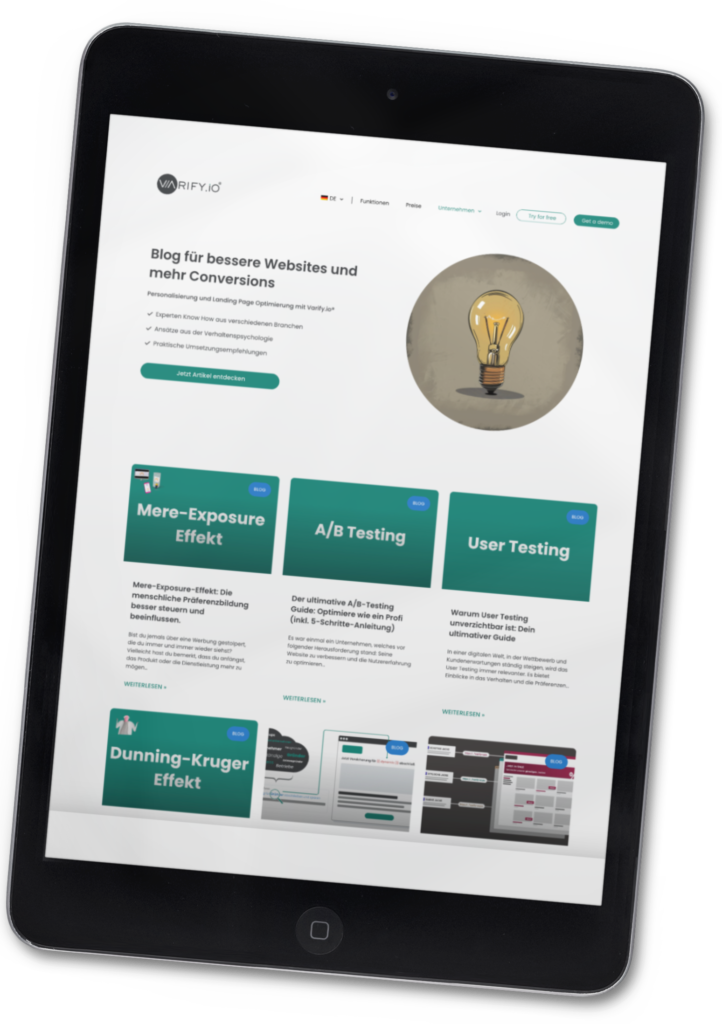In today's highly competitive marketplace, it is imperative that you as a business or retailer implement effective strategies to maximize your profits.
One of these strategies is upselling.
But what exactly is upselling and how can you use it to advance your business? In this article you'll find out.
Table of contents
Definition of up-selling
Up-selling is a sales technique where you offer your customers a more expensive or higher value product than what they are already considering. Basically, you encourage your customers to spend more money by showing them the benefits of a higher value product or an upgraded version of the current product.
The importance of upselling in the business model
Up-selling is critical to your business model for several reasons. First, it increases the average order value, which directly impacts your revenue. Second, it can help strengthen customer loyalty, as customers who choose a higher-value product tend to be more satisfied and therefore more likely to return.
Difference between up-selling, cross-selling and down-selling
Although they sound similar, up-selling, cross-selling and down-selling differ in their application. In cross-selling, you recommend complementary products or services to the original purchase. In down-selling, on the other hand, you offer a cheaper option if the customer is hesitant to complete a purchase.
In contrast, upselling is about getting the customer to spend more money on an improved product.
Examples of successful up-selling
A classic example of upselling is the fast food industry. When you order a burger, they often ask if you want a "menu" with fries and a drink to go with it. Another example is the technology industry, where when you buy a laptop, you're often asked to spend more money for a better specification or extended warranty.
Strategies and techniques for successful up-selling
There are several techniques you can use when upselling. One of them is the "better-than" strategy, where you highlight the benefits of a higher-value product over the one already selected. Another technique is the "limited offer," where you encourage the customer to upgrade by presenting the higher-value product as having limited availability.
It's also important that you place up-sell offers at the right time in the buying process - ideally after the customer has already made a purchase decision, but before the purchase is complete.
The role of up-selling in e-commerce
In e-commerce, upselling is particularly effective. With behavioral analytics tools, you can create personalized up-sell offers based on customers' individual preferences and buying behavior. For example, you can suggest products with higher quality or advanced features to customers based on the items they've already viewed.
The next step: Putting up-selling into practice
Now that you have a deep understanding of up-selling and its benefits, it's time to put it into practice. Here are some steps you can follow to make upselling effective:
Understand your customers: Research your customers and their needs thoroughly. What are the products or services they already use? What else might they need or want?
Consider your products/services: What higher value alternatives or additions to the products or services you already use can you offer?
Create personalized offers: Use the data you've collected about your customers to create personalized up-sell offers. The key to successful upselling is personalization.
Test and optimize: Up-selling is a dynamic process. You need to try different techniques and strategies, measure success, and make adjustments accordingly.
Train your team: Make sure your sales and customer service team understands the benefits and techniques of upselling and is able to implement them effectively.
Be patient: Remember that up-selling is not a quick fix, it is a long-term strategy. Be patient and be willing to continuously learn and adapt.
With this systematic approach, you are well equipped to effectively introduce upselling in your company and to benefit from its many advantages. Good luck!
Ways to measure the success of upselling measures
You can use a variety of metrics to measure the success of your upselling strategies. These include average order value, conversion rate, and customer retention. You can also A/B tests conduct to find out which upselling techniques resonate best with your customers.
Challenges and approaches to upselling
There can also be challenges when upselling. One of them is that customers can feel put off by upselling attempts that are too pushy. It's therefore important that you keep a balance and use upselling tactics in a way that adds value to the customer and isn't just about making the sale.
Another challenge is choosing the right product for upselling. Here, customer analytics and data can provide valuable insights.
Conclusion and outlook
Up-selling is a powerful technique that your business can use to increase sales and improve customer satisfaction. When done right, it can help build customer loyalty and propel your business forward. However, it's important that you put the customer first and use upselling approaches that provide real value to the customer.
So far so good! This article should provide a solid overview of up-selling and offer its role in your business. It's now up to you to apply these techniques and see how they can positively impact your business. Remember, upselling should always be a part of your larger sales and marketing strategy and tailored to the needs and wants of your customers.
